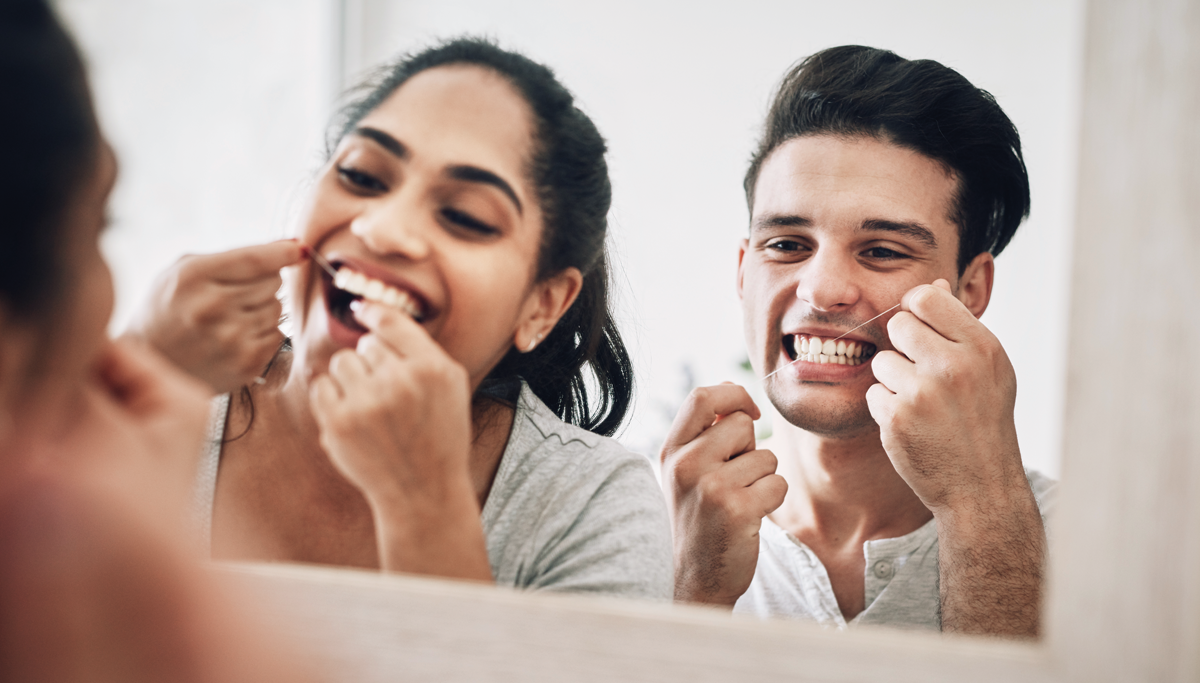Exercise for your oral health
Wellness your way: make exercise more convenient
It’s always possible to work toward your fitness goals, even if you can’t spend long hours at the gym or purchase expensive home equipment. One affordable and effective method? Intermittent exercise. This means completing smaller, shorter “mini workouts” at multiple points in the day, when it is convenient for you.
Working out can support your oral health in two key ways:
1. You can reduce your stress: The feel-good endorphins your body releases during exercise help you feel more relaxed, which makes you less likely to grind your teeth and chew your nails. These habits can cause headaches, jaw and tooth pain, and cracked or damaged enamel.
2. You can improve your posture: Exercise can strengthen the muscles in your back, neck, and shoulders, which leads to better posture. And better posture may help keep your jaw in alignment, reducing jaw joint pain and headaches.
This probably won’t come as a surprise, but exercise is also great for your overall health. Getting active helps you:
-

Improve your sleep and energy level.
-
 Combat a host of health risks, including heart disease and diabetes. (Brushing twice a day with fluoride toothpaste can lower these health risks, too.)
Combat a host of health risks, including heart disease and diabetes. (Brushing twice a day with fluoride toothpaste can lower these health risks, too.)
We recommend pairing exercise and healthy nutrition. Whole foods like fresh fruits, fresh vegetables, and lean protein sources (such as chicken or nuts) provide vitamins and minerals that are great for your teeth and gums — and the rest of your body, too.
The ins and outs of intermittent exercise
This method of exercise is all about getting your heart rate up at various points during the day — which means there’s no right or wrong way to do it! You can focus on cardiovascular exercises (such as walking, running, or climbing stairs), bodyweight exercises (such as pushups, sit-ups, and burpees), lifting weights that you may have at home, or a combination that works for you.
Sample exercises
It’s recommended that most adults get two and a half hours of physical activity each week. That sounds like a lot, but intermittent workouts help break the time up and make that goal more achievable. Below are two sample exercises you can use to get started.
Sample exercise #1: cardio-based
Cardiovascular exercise involves moving your whole body at a moderate to high intensity for a period of time. Jogging, running, hiking, and stair climbing are all ways to complete a cardio-based intermittent workout. Here’s an example you can even complete at home:
-
 1 minute: jog or run in place
1 minute: jog or run in place -
 30 seconds: jumping jacks
30 seconds: jumping jacks -
 1 minute: mountain climbers
1 minute: mountain climbers -
 Repeat for 10 minutes
Repeat for 10 minutes
Drink water while you exercise, not sugary sports drinks, to stay hydrated, avoid dry mouth, and reduce cavity risk.
The great thing about intermittent exercise is that you can strengthen your oral and overall health all on your own, without any equipment. If you haven’t been regularly exercising, check with your doctor before starting a new routine. Keep moving to feel better and safeguard your smile!








